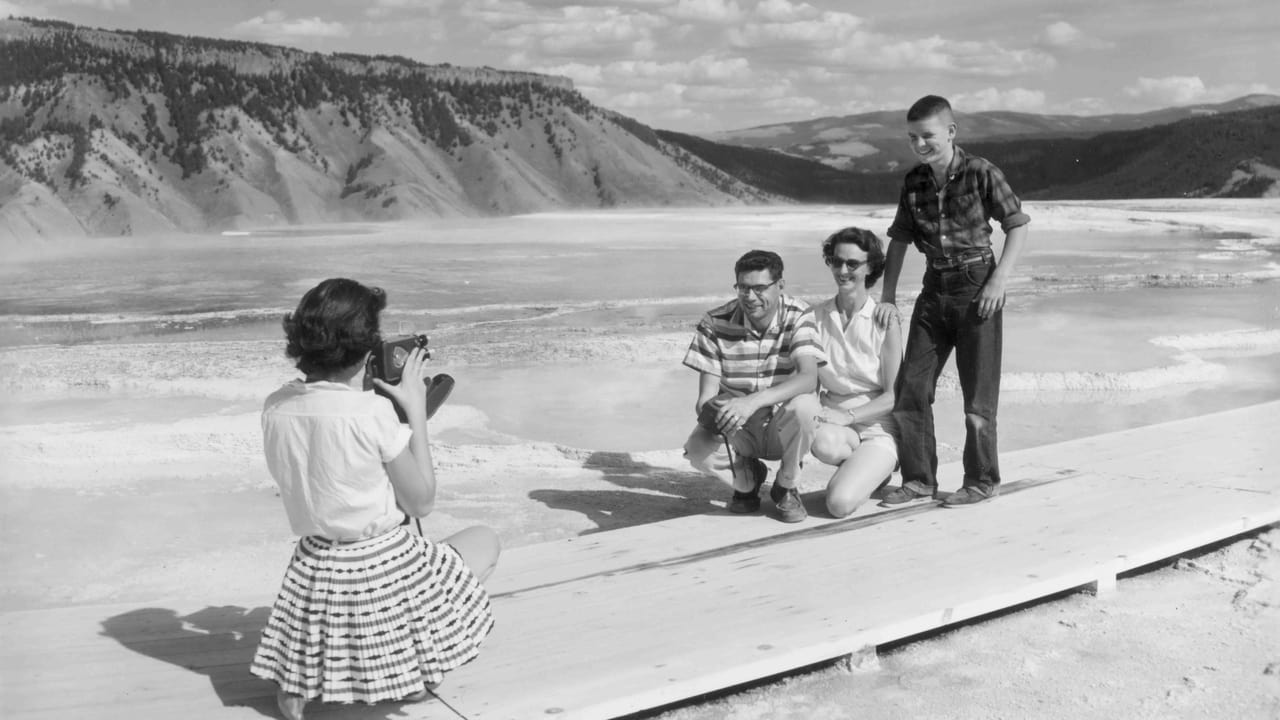The National Parks: America's Best Idea
(2009)Streaming Episode Guide

Miniseries
The Morning of Creation (1946-1980)
Episode 6 - 10-02-2009
 8.4/10
8.4/10Where to watch
Buy


Great Nature (1933-1945)
Episode 5 - 10-01-2009
 8.3/10
8.3/10Where to watch
Buy


Going Home (1920-1933)
Episode 4 - 9-30-2009
 8.5/10
8.5/10Where to watch
Buy


The Empire of Grandeur (1915-1919)
Episode 3 - 9-29-2009
 8.5/10
8.5/10Where to watch
Buy


The Last Refuge (1890-1915)
Episode 2 - 9-28-2009
 8.5/10
8.5/10Where to watch
Buy


The Scripture of Nature (1851-1890)
Episode 1 - 9-27-2009
 8.4/10
8.4/10Where to watch
Buy



The Last Refuge (1890-1915)
Episode 2 - 9-28-2009
 8.5/10
8.5/10Where to watch
Buy


The Empire of Grandeur (1915-1919)
Episode 3 - 9-29-2009
 8.5/10
8.5/10Where to watch
Buy


Going Home (1920-1933)
Episode 4 - 9-30-2009
 8.5/10
8.5/10Where to watch
Buy


The Scripture of Nature (1851-1890)
Episode 1 - 9-27-2009
 8.4/10
8.4/10Where to watch
Buy


The Morning of Creation (1946-1980)
Episode 6 - 10-02-2009
 8.4/10
8.4/10Where to watch
Buy











